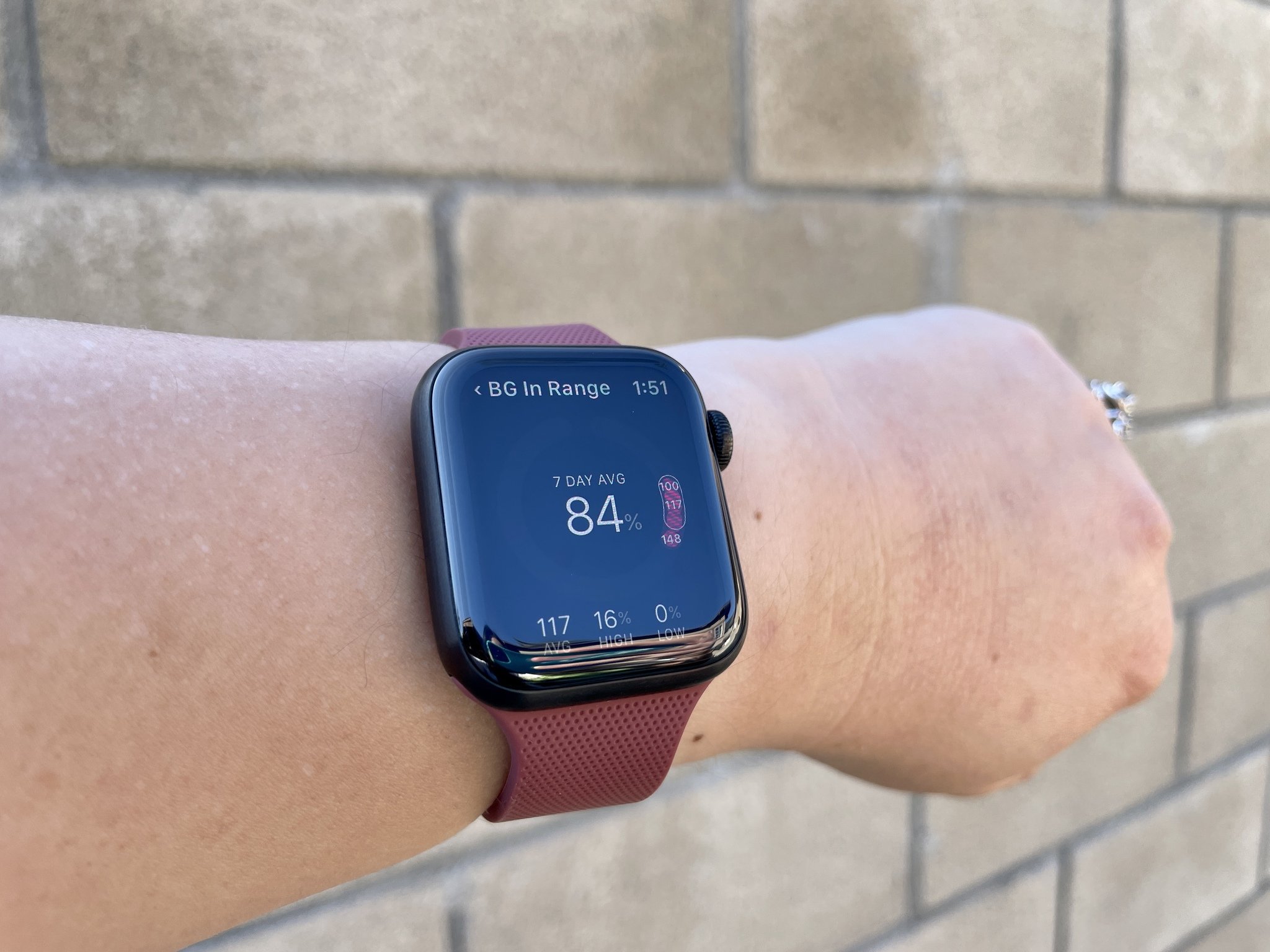If the Apple Watch Series 7 has this one feature, it's an insta-buy for me

There's been a new rumor recently about the upcoming Apple Watch Series 7 and how it may include a blood glucose monitor. I'm currently using an Apple Watch Series 5, and while it still works great, I'm totally insta-buying the Apple Watch Series 7 if it can monitor my blood sugar levels. Here's why that's such a crucial feature for me (even more so than the blood oxygen monitoring in Apple Watch Series 6), and many other diabetics.
No more pricks every day

Back in 2018, I was diagnosed with Type-2 diabetes by my doctor. Before this, I was already struggling with pre-diabetes, but I never got it under control, so it became Type-2. While my diagnosis is actually on the more mild side compared to others, I decided I'm going to start monitoring my blood glucose levels every day to make sure that I'm doing okay and on the path to one day reverse it.
The blood glucose monitor that I chose to use, and have stuck with for the past two years, has been One Drop Chrome (this may not work for Type-1 diabetics). As I said in my review, I like One Drop Chrome because the system itself looks sleek and it's compact enough to bring with me everywhere, and it doesn't scream, "Hey, look at me, I'm a blood glucose monitor!" like a lot of other systems I've seen in the drugstore. The One Drop system also connects to the best iPhone through Bluetooth and the companion One Drop app, allowing me to see my levels and averages over the past two weeks, sync the data back to the Apple Health app, and I can even get one-on-one coaching with my One Drop test strips subscription.
However, as much as I enjoy the One Drop system, it still requires one thing that I hate: a prick on my finger. I've grown used to it after doing it multiple times every day for several hundred days in a row at this point, but I've wanted a better solution to know my blood glucose levels.
Yes, I'm well aware that there are continuous glucose monitoring (CGM) systems out there that monitor levels throughout the day without having to prick your finger each time. However, these still need you to stick a sensor wire under your skin, and I don't want to do that. I don't have much of a pain threshold, and I honestly hate needles, so the thought of doing that just kind of scares me.
That's why if the rumor is true, I'm ecstatic for the next Apple Watch Series 7, and it will be a day one purchase for me.
Blood glucose monitoring is my biggest Apple Watch feature request
According to the report, Apple isn't the only one — Samsung also plans to add a blood glucose monitor into the next Galaxy Watch. This would be a "no-blood sampling method that detects the level of glucose in the blood without blood collection using an optical sensor."
iMore offers spot-on advice and guidance from our team of experts, with decades of Apple device experience to lean on. Learn more with iMore!
Even though it's just one of the rumors in the mill at this point, I still can't help but be curious about how Apple (and other companies) will manage to create a way for all of us to monitor glucose levels without actually having to draw blood. I mean, the Series 4 added ECG, and the Series 6 added blood oxygen monitoring, so I'm sure that the glucose readings just need the right sensor. Of course, how accurate these glucose readings will be compared to the traditional finger prick system remains to be seen. And Apple always warns against using such measurements for medical use because they're mostly to give us a holistic view of our overall health and well-being.
If the Apple Watch Series 7 does, in fact, have blood glucose monitoring, I will be one happy gal. I think I will keep pricking my finger to test the accuracy, but if it's pretty close, then I can't wait to ditch the finger prick.

Christine Romero-Chan was formerly a Senior Editor for iMore. She has been writing about technology, specifically Apple, for over a decade at a variety of websites. She is currently part of the Digital Trends team, and has been using Apple’s smartphone since the original iPhone back in 2007. While her main speciality is the iPhone, she also covers Apple Watch, iPad, and Mac when needed.
When she isn’t writing about Apple, Christine can often be found at Disneyland in Anaheim, California, as she is a passholder and obsessed with all things Disney, especially Star Wars. Christine also enjoys coffee, food, photography, mechanical keyboards, and spending as much time with her new daughter as possible.
